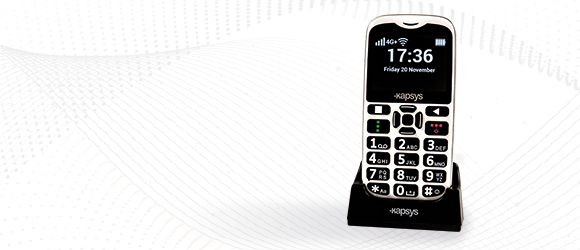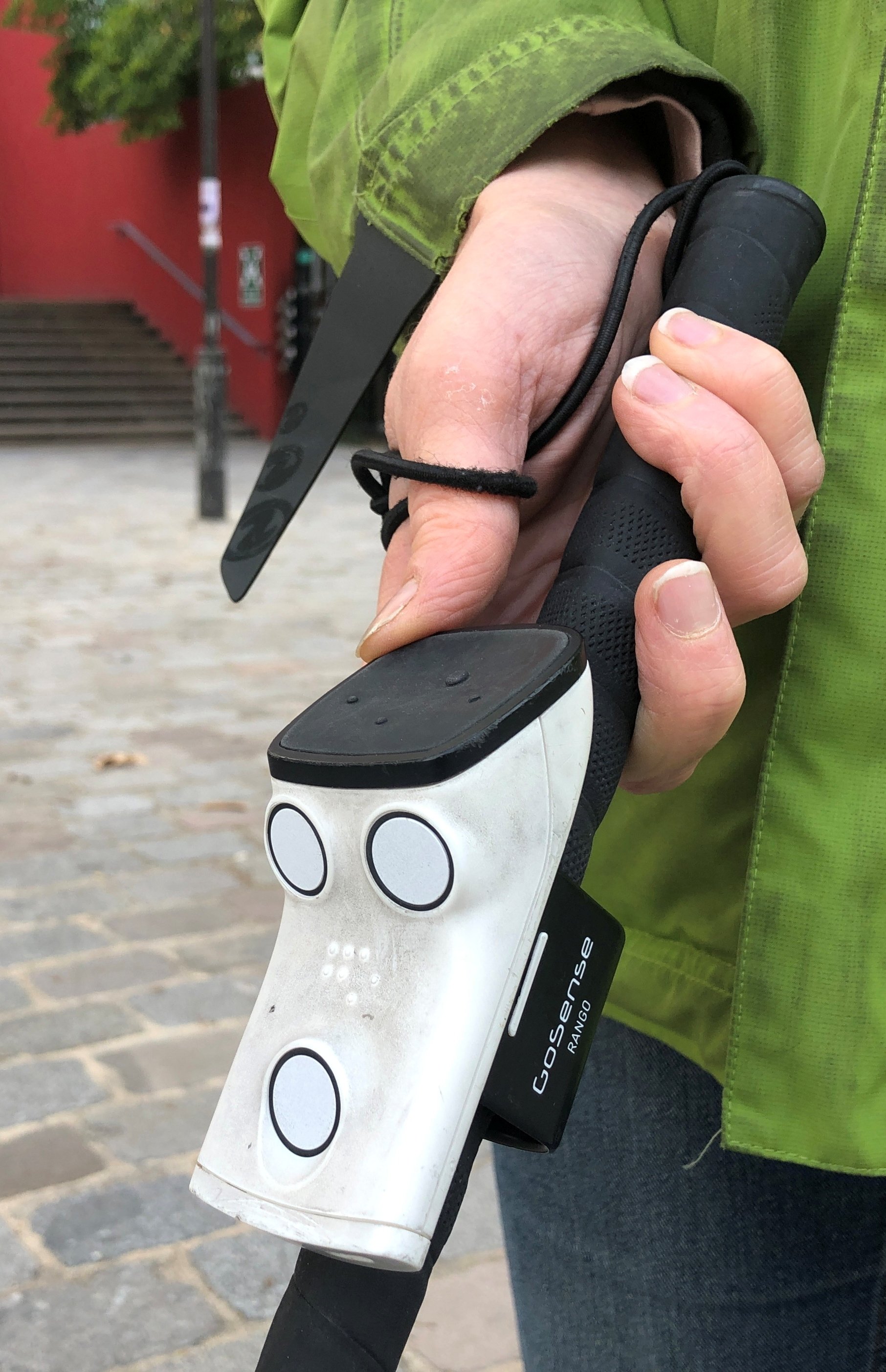Explore High-Tech Glasses for the Visually Impaired and Their Benefits
Explore High-Tech Glasses for the Visually Impaired and Their Benefits
Blog Article
Empowering Independence With Assistive Modern Technology for the Blind
The integration of assistive technology into the lives of individuals with aesthetic problems represents a substantial improvement in promoting independence and self-sufficiency. From ingenious screen viewers to innovative smart walking canes, these devices not just enhance daily navigating and interaction yet additionally encourage users to involve meaningfully in various aspects of life. As we discover the myriad advantages and real-world applications of these modern technologies, it ends up being critical to analyze the hidden variables that add to their efficiency and the possibility for future advancements in this vital field.
Review of Assistive Innovation

The development of assistive innovation is grounded in principles of inclusivity and empowerment. Innovations in software program, hardware, and sensory enhancements offer customers with choices tailored to their specific needs. From screen visitors that transform message to speech, to responsive tools that share information with touch, these tools transform the means people involve with their environments.
In enhancement to functional applications, assistive modern technology fosters better social incorporation and engagement in various fields, including education and learning and employment (Smart glasses for the visually impaired). As r & d remain to evolve, the possibility for assistive innovation to further boost the lives of visually damaged people stays encouraging, leading the way for a much more fair society where everyone can grow
Types of Assistive Gadgets
A selection of assistive gadgets have arised to support individuals with aesthetic disabilities, each developed to satisfy particular requirements and improve day-to-day performance. These devices vary from low-tech services to sophisticated innovations, supplying varied options for individuals.
Low-tech gadgets include magnifiers and large-print products that assist in analysis and writing. Braille devices, such as Braille stylus pens and slates, make it possible for tactile analysis and communication. Orientation and mobility help, like white walking sticks, assist individuals browse their setting safely.
On the greater end of the spectrum, digital magnification systems and display viewers use considerable assistance. Digital magnifiers enable users to enlarge message and images on screens, while display viewers transform digital content into manufactured speech, helping with access to information on computers and smartphones.
Smart device applications also play an essential function, offering features like message recognition and navigation assistance. Wearable innovation, such as smart glasses geared up with enhanced fact, is emerging as a promising tool to enhance situational awareness.
Advantages of Assistive Modern Technology
The assimilation of assistive innovation significantly improves the quality of life for individuals with aesthetic disabilities. These innovations encourage users by advertising freedom, allowing them to browse their atmospheres better and perform day-to-day jobs with greater simplicity. Screen viewers and magnification software permit individuals to access digital details, fostering academic and specialist opportunities that may have formerly been out of reach.
Additionally, assistive gadgets such as wise walking canes and general practitioners applications offer real-time navigation assistance, improving wheelchair and safety and security. This raised autonomy not just boosts self-confidence however also motivates social involvement, permitting customers to participate more completely in their communities.
Assistive technology likewise assists in interaction, assisting individuals connect with others through voice recognition and text-to-speech applications. This capacity is important for maintaining partnerships and accessing vital details.
Additionally, the personalization choices available with numerous assistive modern technologies make certain that users can customize tools to their details demands, additionally enhancing functionality and efficiency. Generally, the advantages of assistive technology for individuals with visual disabilities are profound, promoting a much more inclusive society where every person can pursue their goals and ambitions.
Study and Success Stories
Highlighting the transformative influence of assistive innovation, various study highlight exactly how people with visual impairments have actually successfully incorporated these devices into their lives. One engaging example involves an university student that used display reading software to browse scholastic materials and on-line resources successfully. This modern technology not just promoted her education but likewise boosted her self-confidence in taking part in discussions and team tasks.
One more instance study includes an expert who utilizes a smart device application made for navigation and item acknowledgment. By utilizing this application, he has reclaimed freedom in both his individual and click to read more workplace, allowing him to commute separately and engage with colleagues better.
Furthermore, a retiree shared her experience with braille e-readers, which allowed her to access a substantial range of literature and stay linked with her community through book clubs.
These success stories highlight the vital function of assistive technology in fostering self-reliance, improving top quality of life, and advertising social combination for people with aesthetic disabilities (Assistive technology for the blind). By welcoming these cutting-edge devices, individuals can overcome difficulties and take chances that add to their specialist and personal satisfaction

Future Trends in Assistive Modern Technology
Innovation in assistive innovation is positioned to redefine the landscape of assistance for individuals with visual problems. Emerging trends emphasize the assimilation of synthetic knowledge (AI) and machine understanding, which boost the functionality of tools that aid with navigation and information accessibility. AI-driven applications are now qualified of analyzing visual information in real-time, enabling individuals to engage with their environment a lot more separately.
Additionally, the development of wearable innovation is progressing swiftly. Smart glasses furnished with increased reality (AR) can supply audio descriptions of surroundings, transforming exactly how users communicate with public areas. These tools not only advertise autonomy yet likewise foster social incorporation.
In Addition, the Internet of Points (IoT) is making homes smarter, allowing for seamless connectivity in between day-to-day devices and see here assistive gadgets. This connection empowers individuals by enabling automatic actions and voice-activated controls tailored to individual requirements.
Conclusion
In conclusion, assistive innovation plays a pivotal function in empowering individuals with visual disabilities by enhancing their self-reliance and engagement with their surroundings. The varied series of gadgets and applications available not only helps with navigating and communication but also promotes social integration and possibilities for expert and personal growth. As advancements continue in this area, the potential for improving the quality of life for those with visual disabilities will certainly broaden, fostering higher autonomy and empowerment.

Report this page